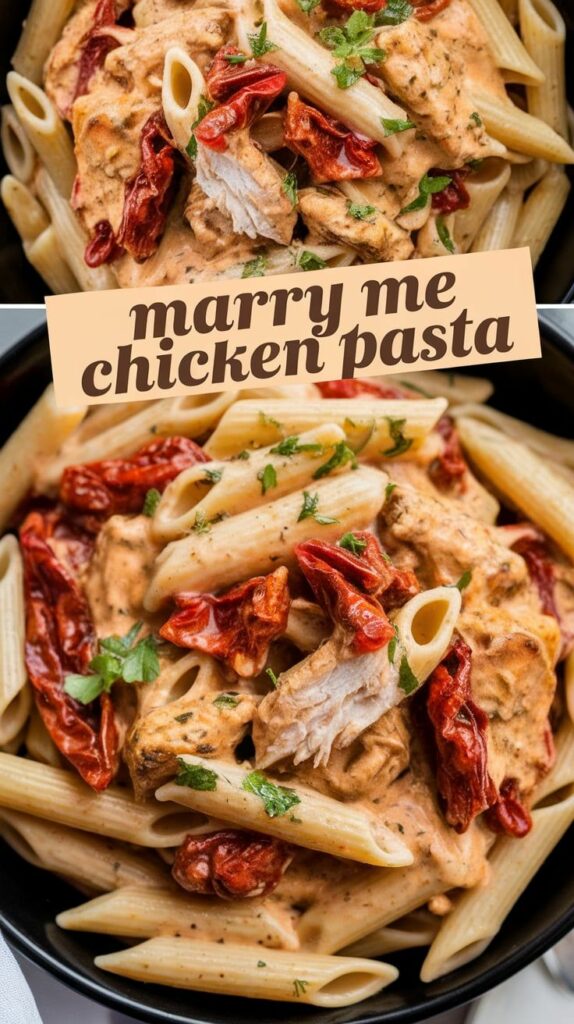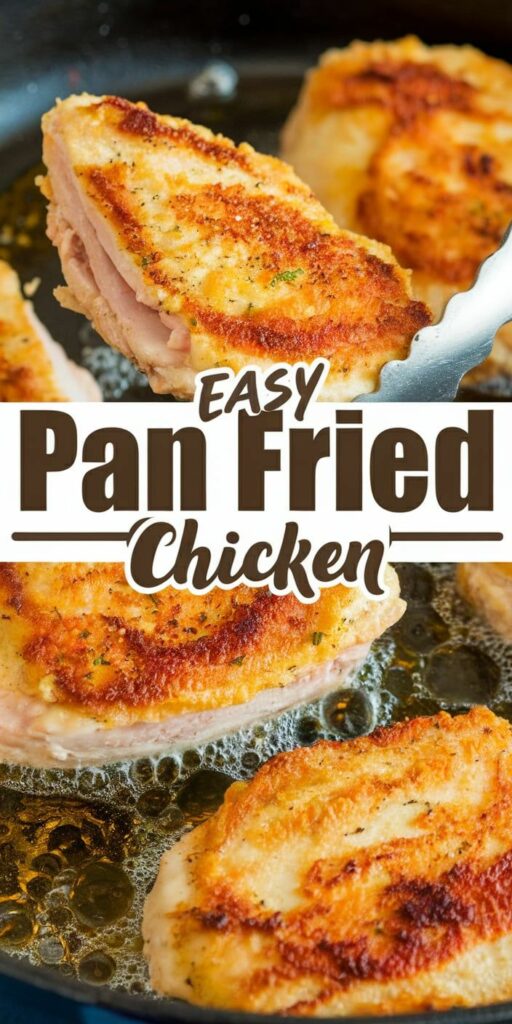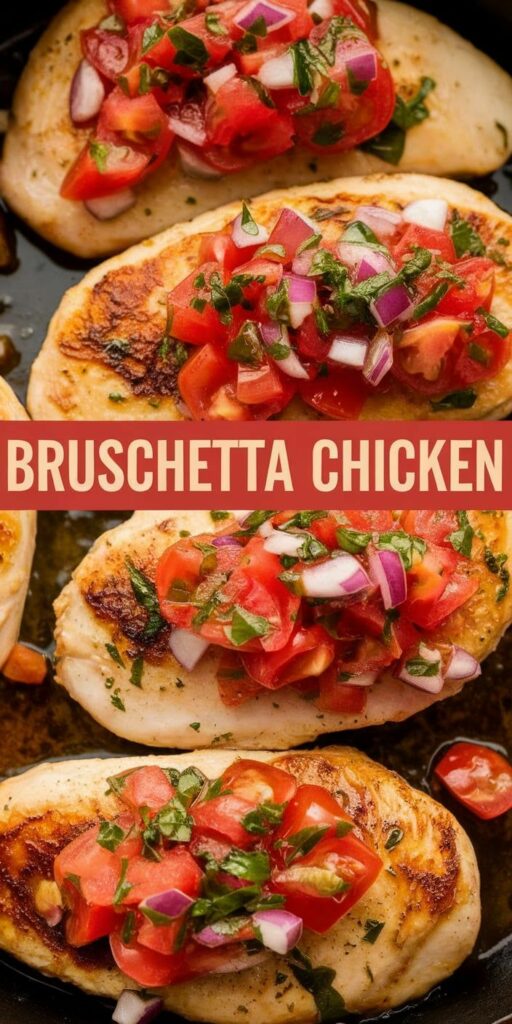Welcome to my ultimate guide to creating the most delicious Spanish paella recipe you’ll ever taste! As a passionate home cook, I’ve spent years perfecting this iconic dish that originates from the beautiful region of Valencia, Spain. My authentic paella recipe will transport you straight to the sun-drenched coastlines of Mediterranean Spain with every single bite.
Paella is more than just a meal – it’s a culinary experience that brings people together. This vibrant dish combines rich flavors, colorful ingredients, and a cooking technique that has been passed down through generations. Whether you’re a seasoned chef or a curious home cook, my step-by-step Spanish paella recipe will help you master this classic dish with confidence.
What makes this paella recipe special is its commitment to traditional cooking methods and authentic ingredients. From selecting the perfect rice to creating that crispy bottom layer called socarrat, I’ll guide you through every step of creating a truly memorable meal that captures the essence of Spanish cuisine.
Get ready to embark on a culinary journey that will impress your family and friends. With my tried-and-true techniques, you’ll learn how to transform simple ingredients into a spectacular dish that celebrates the rich flavors of Spain.
What Makes Traditional Paella So Special
Traditional paella stands as a culinary masterpiece that captures the heart of Spanish cuisine. This iconic dish represents more than just a meal – it’s a celebration of cultural heritage and community connection. My journey into understanding paella revealed its deep roots in Spanish gastronomy.
The magic of traditional paella lies in its ability to bring people together. In Spain, cooking paella is a social event that transforms meal preparation into a shared experience. Families and friends gather around the paella pan, watching and participating in the cooking process.
Cultural Roots of Spanish Cuisine
Paella originated in Valencia, a region known for its rich agricultural landscape. The dish emerged from humble beginnings, created by farm workers who combined available ingredients into a hearty meal. Local rice, vegetables, and proteins became the foundation of what we now recognize as traditional paella.
Regional Flavor Variations
- Valencian paella: Features rabbit, chicken, and snails
- Seafood paella: Abundant with fresh coastal ingredients
- Mountain region paella: Includes local meats and mushrooms
Selecting the Perfect Paella Pan
The paella pan plays a critical role in creating authentic flavor. Its wide, shallow design allows rice to cook evenly and develop socarrat – the crispy bottom layer cherished by paella enthusiasts. I recommend investing in a traditional carbon steel pan for the most authentic cooking experience.
Mastering traditional paella requires understanding its cultural significance and technical nuances. Each region adds its unique touch, making this dish a true reflection of Spanish culinary diversity.
Essential Ingredients for Perfect Paella Recipe
Creating an authentic paella requires carefully selected ingredients that bring vibrant flavors and traditional Spanish culinary magic to your kitchen. I’ll walk you through the must-have paella ingredients that transform a simple rice dish into a spectacular meal.
Core Ingredients for Classic Paella
- Short-grain saffron rice: The foundation of any great paella
- High-quality olive oil
- Fresh garlic and onions
- Aromatic saffron threads
For seafood paella, I recommend selecting the freshest seafood available. Succulent shrimp, tender mussels, and delicate calamari create a marine symphony that elevates the dish. When preparing a chorizo paella, choose authentic Spanish chorizo with rich, smoky flavors that infuse the entire dish.
| Protein Options | Recommended Quantity |
|---|---|
| Seafood Mix | 1 pound mixed seafood |
| Chorizo | 8 ounces, sliced |
| Chicken | 1 pound, bone-in pieces |
The secret to an incredible paella lies in using premium ingredients. Invest in authentic Spanish saffron rice, which provides a golden color and distinctive aroma. Fresh vegetables like bell peppers, tomatoes, and green beans complement the proteins beautifully.
Remember that ingredient quality directly impacts your paella’s final taste. Select each component with care, and you’ll create a memorable Spanish culinary experience right in your own kitchen.
Kitchen Tools and Equipment You’ll Need
Preparing the perfect paella requires more than just great ingredients. The right paella tools and kitchen equipment can make a significant difference in your cooking experience and final result. I’ll guide you through the essential items you’ll need to create an authentic and delicious paella.
Selecting the Best Paella Rice
Choosing the right paella rice is crucial for achieving that authentic Spanish flavor and texture. Short-grain rice varieties like Bomba and Calasparra are the gold standard for paella rice. These special rice types absorb liquid exceptionally well while maintaining their shape and structure during cooking.
- Bomba rice: Absorbs up to three times its volume in liquid
- Calasparra rice: Known for exceptional flavor retention
- Ideal rice-to-liquid ratio: 1:3 for perfect consistency
Understanding Heat Distribution
Mastering heat distribution is key to creating the perfect paella. Traditional paella requires even heat across the entire pan to develop the coveted socarrat (crispy bottom layer). I recommend using a wide, shallow pan that allows for uniform heat spread.
| Heat Source | Heat Distribution Quality | Recommended for Paella |
|---|---|---|
| Gas Stove | Good | Yes |
| Electric Stovetop | Moderate | With caution |
| Outdoor Paella Burner | Excellent | Highly recommended |
Essential Paella Utensils
Equipping your kitchen with the right tools will make your paella preparation smooth and enjoyable. Here are the must-have utensils for creating an authentic Spanish dish:
- Traditional paella pan (15-18 inches)
- Long wooden spoon
- Large metal spatula
- Measuring cups and spoons
- Kitchen towels for handling hot pans
Preparing Your Ingredients Before Cooking
Paella preparation begins with a crucial step that professional chefs call mise en place. This French term means “everything in its place” and is fundamental to creating a perfect paella. I’ll walk you through the essential ingredient prep techniques that will make your cooking process smooth and enjoyable.
Before you start cooking, gather and prepare all your ingredients. Proper mise en place helps you cook more efficiently and ensures you won’t miss any critical components during the paella-making process.
- Wash and chop all vegetables in advance
- Clean and slice seafood or meats
- Measure out spices and seasonings
- Prepare your stock or broth
Let me share a quick breakdown of ingredient preparation for different paella components:
| Ingredient Category | Preparation Steps | Time Needed |
|---|---|---|
| Seafood | Rinse, pat dry, remove shells if needed | 10-15 minutes |
| Vegetables | Wash, chop into uniform pieces | 5-10 minutes |
| Rice | Measure precisely, rinse if required | 2-3 minutes |
| Proteins | Cut into bite-sized pieces, season | 5-7 minutes |
By dedicating time to ingredient prep, you’ll transform your paella-making from a potentially stressful experience to an enjoyable culinary adventure. Remember, organization is key in creating an authentic and delicious Spanish dish.
Step-by-Step Cooking Instructions
Crafting the perfect paella requires precision and passion. I’ll guide you through the paella cooking instructions that will transform your kitchen into a Spanish culinary haven. The secret lies in understanding each step and executing them with care.
Mastering paella begins with creating a robust flavor foundation. Let’s break down the essential techniques that will elevate your dish from ordinary to extraordinary.
Creating the Sofrito Base
The sofrito is the heart of your paella’s flavor profile. I recommend following these key steps:
- Finely chop onions, garlic, and tomatoes
- Heat olive oil in a traditional paella pan
- Sauté ingredients slowly until they caramelize
- Develop a deep, rich flavor base
Adding Proteins and Vegetables
Selecting and layering ingredients requires strategic timing. Here’s a recommended order for adding components:
- Start with proteins like chicken or seafood
- Brown meats thoroughly
- Add vegetables that complement your protein
- Distribute ingredients evenly across the pan
Achieving the Perfect Socarrat
Socarrat represents the pinnacle of paella mastery – the crispy rice bottom that defines authentic Spanish cuisine. To achieve this:
- Increase heat during final cooking stage
- Listen for a gentle crackling sound
- Watch for golden-brown crust formation
- Remove from heat at precise moment
I recommend practicing these techniques to develop your paella skills. Each attempt brings you closer to creating a truly memorable dish.
Tips for Achieving Authentic Paella Flavor
Creating an authentic paella flavor is an art that goes beyond simple recipe following. I’ll share some insider paella tips that will elevate your dish from good to extraordinary. The secret lies in understanding how each ingredient contributes to the overall taste profile.
Start with high-quality paella seasoning as the foundation of your dish. Saffron stands out as the most crucial spice, providing that distinctive golden color and deep, rich flavor. When using saffron, I recommend blooming it in warm water or broth for at least 15 minutes before adding to the paella. This technique helps release its full aromatic potential.
- Use smoked paprika for depth of flavor
- Select premium extra virgin olive oil
- Fresh herbs like rosemary can enhance authenticity
- Balance salt carefully to highlight natural ingredients
The key to authentic paella flavor is layering seasonings. I always suggest building flavor gradually. Start with a sofrito base of onions and garlic, then incorporate your spices. Smoked paprika adds a characteristic Spanish touch that transforms the entire dish.
Experiment with traditional regional seasonings, but don’t be afraid to make the recipe your own. The most important aspect is capturing the essence of Spanish culinary tradition while bringing your personal touch to the paella.
Common Mistakes to Avoid When Making Paella
Mastering paella requires understanding potential pitfalls that can derail your culinary creation. As a passionate home cook, I’ve learned that paella troubleshooting is an essential skill for creating an authentic Spanish dish. Let’s explore the most common paella mistakes that can turn your promising meal into a culinary disappointment.
Paella tips are crucial for achieving that perfect balance of flavors and textures. Novice cooks often encounter several challenges that can compromise the quality of their dish.
Rice-to-Liquid Ratio Challenges
Getting the rice-to-liquid ratio right is critical in paella preparation. Too much liquid results in soggy rice, while too little can leave your dish dry and undercooked. Here’s a quick guide to avoiding these common mistakes:
- Measure rice and liquid precisely
- Use short-grain rice like Bomba or Calasparra
- Allow rice to absorb liquid gradually
Navigating Temperature and Timing
Temperature control can make or break your paella. Uneven heat distribution leads to inconsistent cooking and ruins the dish’s signature texture.
| Cooking Stage | Recommended Temperature | Key Tip |
|---|---|---|
| Initial Sofrito | Medium-high | Develop deep flavor base |
| Rice Cooking | Medium-low | Ensure even cooking |
| Socarrat Formation | High heat | Create crispy bottom layer |
The Stirring Dilemma
One of the most critical paella tips is knowing when not to stir. Unlike other rice dishes, paella requires minimal intervention. Constant stirring breaks down rice starches, creating a mushy texture instead of the desired separate grains.
- Avoid stirring after adding rice
- Let rice form a crispy bottom (socarrat)
- Use a wide, shallow pan for even cooking
Serving and Presentation Suggestions
When it comes to paella serving, the presentation can elevate your culinary experience from great to extraordinary. Traditionally, Spanish families serve paella directly from the pan, creating a communal dining atmosphere that brings people together. I recommend using a large, authentic paella pan as your serving dish to capture the authentic spirit of this iconic meal.
Paella presentation is all about visual appeal and creating excitement. Garnish your dish with bright lemon wedges around the pan’s perimeter, which not only adds color but also provides a zesty flavor enhancement. Fresh herbs like parsley or cilantro can be sprinkled on top, adding a vibrant green contrast to the golden rice and rich proteins. A small side of aioli or Spanish romesco sauce can complement the flavors and offer guests an additional dipping option.
For beverage pairings, I suggest a crisp Spanish white wine like Albariño or a light, refreshing sangria. These drinks will complement the complex flavors of your paella and create a complete dining experience. Remember, paella is more than just a meal—it’s a celebration of culinary tradition that brings people together to share delicious food and create lasting memories.



